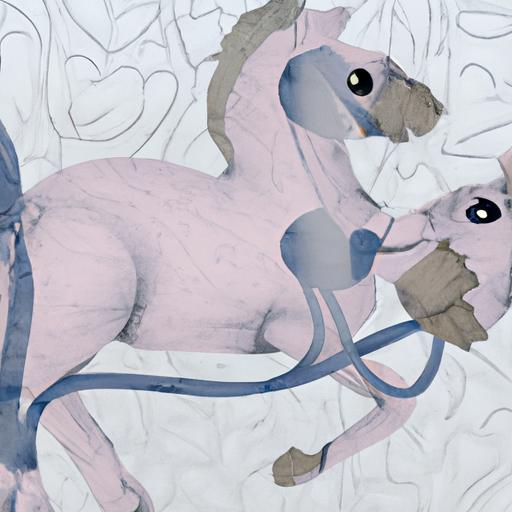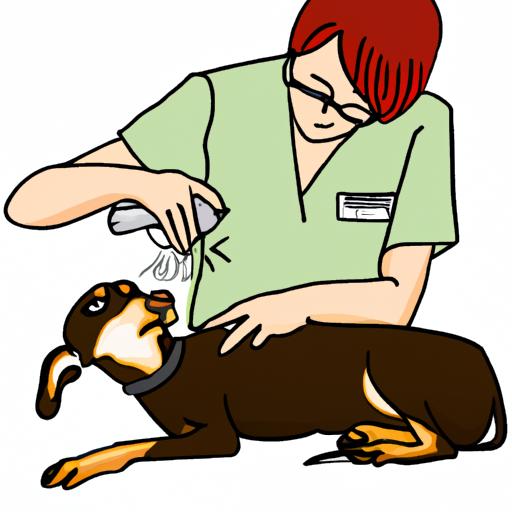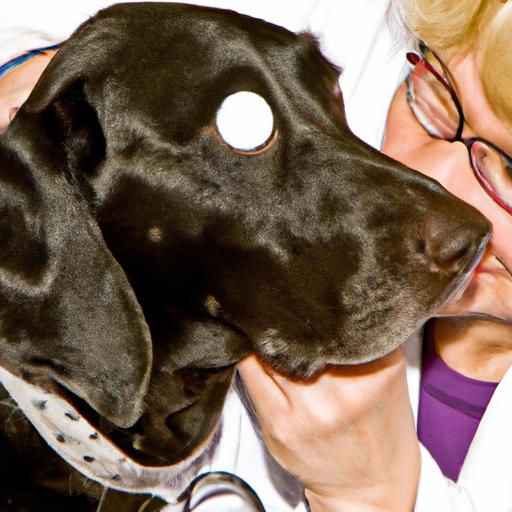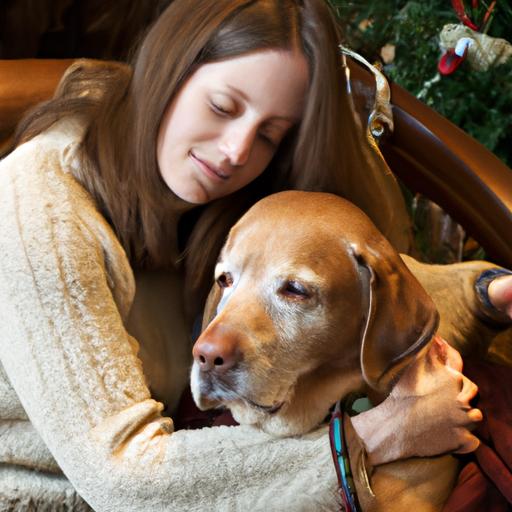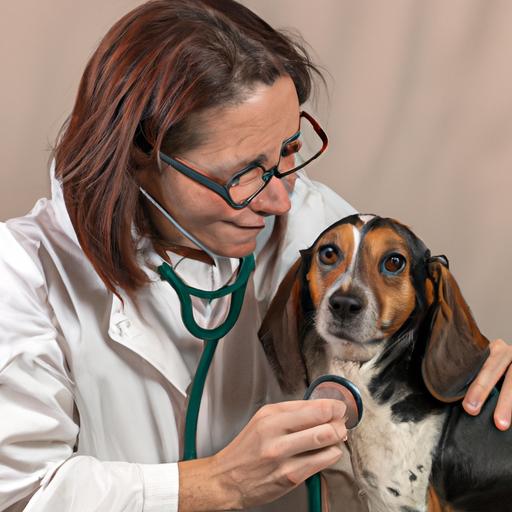
Diagnosing Canine Neoplasia: Identifying Abnormal Tissue Growth
Learn how to diagnose canine neoplasia and identify abnormal tissue growth in dogs. Early detection is key for effective treatment. Read more here.
Introduction
When it comes to our furry companions, their health and well-being are of utmost importance. One of the key concerns for dog owners is the presence of abnormal tissue growth, known as canine neoplasia. Early detection and diagnosis play a crucial role in ensuring effective treatment and a higher chance of recovery for our beloved pets. In this article, we will delve into the world of canine neoplasia, understanding its nature, identifying common symptoms, exploring diagnostic techniques, and emphasizing the significance of timely intervention.
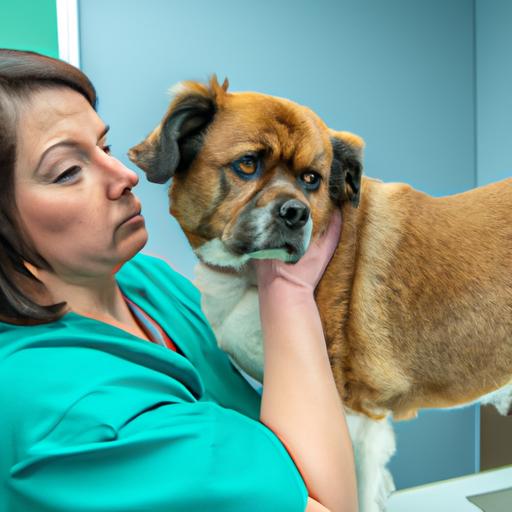
Understanding Canine Neoplasia
Before we can effectively diagnose and treat canine neoplasia, it is essential to have a solid understanding of this condition. Canine neoplasia refers to the abnormal growth of tissue in dogs, which can be benign or malignant. This abnormal tissue growth can occur in various parts of the body, including organs, skin, bones, and blood vessels. Understanding the types and nature of canine neoplasia is crucial for accurate diagnosis.
Common symptoms and signs to look for include unexplained lumps or bumps, changes in appetite or weight, persistent coughing or difficulty breathing, changes in behavior or energy levels, and abnormal bleeding or discharge. While these symptoms may not always indicate neoplasia, it is important to consult a veterinarian if any of these signs persist or worsen.
Certain factors can increase a dog’s risk of developing neoplasia, such as age, breed, genetics, exposure to certain environmental factors, and hormonal imbalances. Some breeds are more predisposed to certain types of neoplasia, highlighting the importance of breed-specific monitoring and early detection.
FAQ: Frequently Asked Questions about Canine Neoplasia
-
What are the common types of neoplasia seen in dogs?
- Canine neoplasia can manifest in various forms, including mast cell tumors, osteosarcoma, lymphoma, melanoma, and mammary gland tumors. Each type requires specific diagnostic and treatment approaches.
-
How can I recognize the signs of neoplasia in my dog?
- Watch out for unexplained lumps, changes in appetite or weight, persistent coughing, changes in behavior or energy levels, and abnormal bleeding or discharge. Regularly inspect your dog’s body and consult a veterinarian if any concerning signs are observed.
-
Are certain dog breeds more prone to developing neoplasia?
- Yes, some breeds have a higher predisposition to certain types of neoplasia. For example, Golden Retrievers are more prone to developing lymphoma, while Boxers have a higher risk of mast cell tumors. Being aware of breed-specific risks can aid in early detection and proactive management.
-
What are the available treatment options for canine neoplasia?
- The treatment options for canine neoplasia depend on various factors, including the type, location, and stage of the tumor. Treatment may include surgery, radiation therapy, chemotherapy, immunotherapy, and targeted therapies. The veterinarian will tailor the treatment plan to the specific needs of the dog.
-
Can neoplasia be prevented in dogs?
- While it is not always possible to prevent neoplasia, certain measures can reduce the risk. Providing a balanced diet, regular exercise, avoiding exposure to harmful chemicals or toxins, and scheduling routine veterinary check-ups can contribute to overall well-being and early detection of any abnormalities.
Conclusion
In conclusion, timely diagnosis of canine neoplasia is crucial for the well-being and longevity of our furry friends. By understanding the nature of neoplasia, recognizing common symptoms, and being proactive in seeking veterinary care, we can increase the chances of successful treatment and improved outcomes. Regular check-ups, a watchful eye for any changes in our dogs’ health, and maintaining a strong bond with our trusted veterinarians are essential in the battle against abnormal tissue growth. Let’s prioritize the health of our canine companions and ensure that they receive the care they deserve.
Remember, early detection saves lives!
Note: The above article is intended for informational purposes only and should not be considered as veterinary advice. Always consult a qualified veterinarian for accurate diagnosis and treatment options for your dog’s specific condition.

